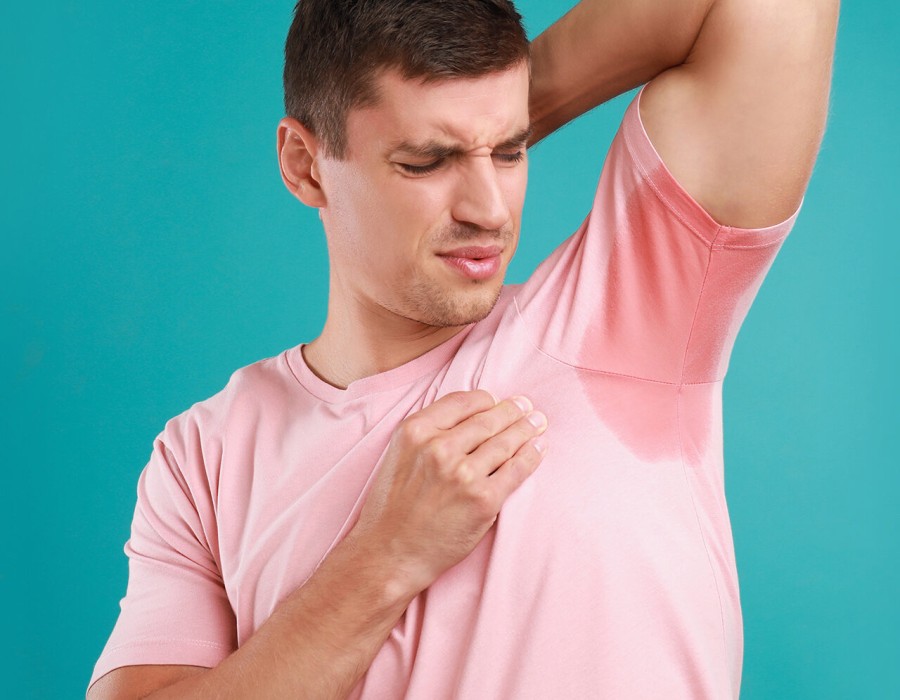Excessive sweating, known medically as hyperhidrosis, affects millions of individuals worldwide. It’s more than just a physical inconvenience—hyperhidrosis can deeply impact self-confidence, social interaction, and daily routines. Whether it’s sweating through shirts without physical activity or constantly wiping your palms before a handshake, the symptoms often disrupt normal living. In recent years, non-invasive options have gained significant attention for their ability to manage this condition effectively. One such approach is Hyperhidrosis Treatment in Dubai, which has shown promising results through non-surgical methods.
Understanding Hyperhidrosis
Hyperhidrosis is characterized by abnormally increased sweating, far beyond what is necessary to regulate body temperature. The condition is generally categorized into two types:
Primary Hyperhidrosis
This form usually starts in adolescence and affects specific areas like:
- Palms
- Soles
- Underarms
- Face
Secondary Hyperhidrosis
This is caused by an underlying health condition such as:
- Diabetes
- Menopause
- Thyroid issues
- Neurological conditions
Non-Surgical Treatments for Hyperhidrosis
Botulinum Toxin Injections
Botulinum toxin (commonly referred to by its brand name, Botox) has emerged as one of the most effective non-surgical treatments for hyperhidrosis, particularly for focal areas like the underarms, palms, and soles. This injectable solution works by blocking the nerve signals that stimulate sweat production.
How It Works:
- The area to be treated is marked and cleaned.
- A series of tiny injections are administered using a fine needle.
- The botulinum toxin temporarily disables the sweat glands by interfering with neurotransmitter release.
Advantages:
- Minimally invasive
- No long-term side effects with repeated use
- Localized control
Iontophoresis
This is a technique that involves passing a mild electrical current through water and into the skin's surface, effectively disrupting sweat gland function.
Process:
- Hands or feet are submerged in a tray of water.
- A low-voltage electrical current is passed through the water.
- Treatments typically last 20–40 minutes.
Frequency:
- Initial treatments are done several times per week.
- Maintenance treatments are required weekly or monthly depending on severity.
Benefits:
- Non-invasive
- Safe for long-term use
- Effective for palmoplantar hyperhidrosis
Microwave Therapy (Thermal Energy)
Microwave therapy targets and destroys sweat glands using thermal energy. This is a newer option and is generally used for underarm hyperhidrosis.
Procedure:
- Local anesthesia is applied.
- A handheld device emits microwave energy into the skin.
- The targeted heat eliminates overactive sweat glands.
Benefits of Non-Surgical Treatments for Hyperhidrosis
The appeal of non-invasive options goes beyond avoiding surgery. These treatments offer numerous practical and psychological advantages:
No Downtime
Patients can return to daily activities immediately after most procedures, especially when undergoing botulinum toxin injections or iontophoresis.
Minimal Risk
Non-surgical treatments come with fewer complications compared to surgery. There are no incisions, scarring, or long-term disruptions to the nervous system.
Customized Solutions
Treatment can be tailored to the individual’s needs—whether it’s underarm sweating, sweaty palms, or generalized sweating.
Improved Quality of Life
Managing excessive sweating effectively enhances self-confidence, social comfort, and even professional performance. It allows individuals to wear the clothes they want and engage in public activities without fear or embarrassment.
Conclusion
Hyperhidrosis is a manageable condition, and it no longer requires invasive procedures to achieve significant relief. From topical antiperspirants and prescription medications to advanced therapies like botulinum toxin and iontophoresis, non-surgical treatments provide effective, targeted, and safer alternatives.






Comments